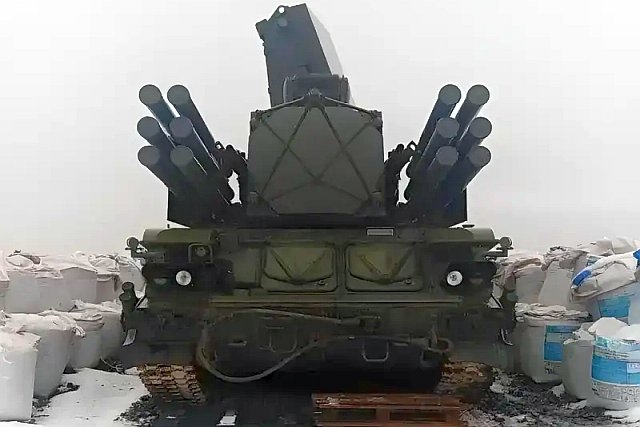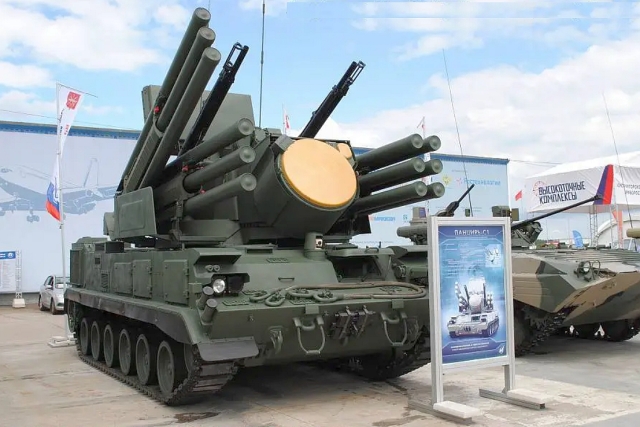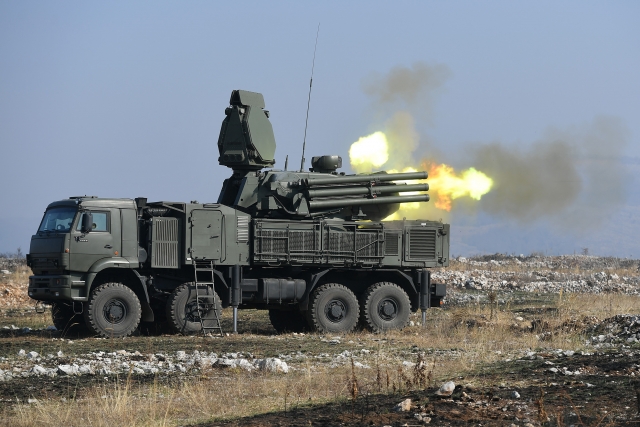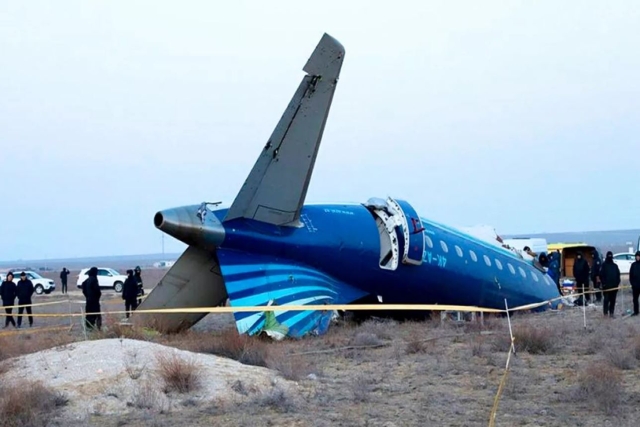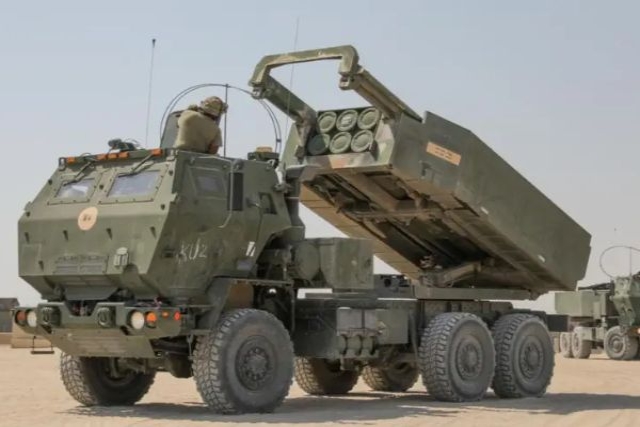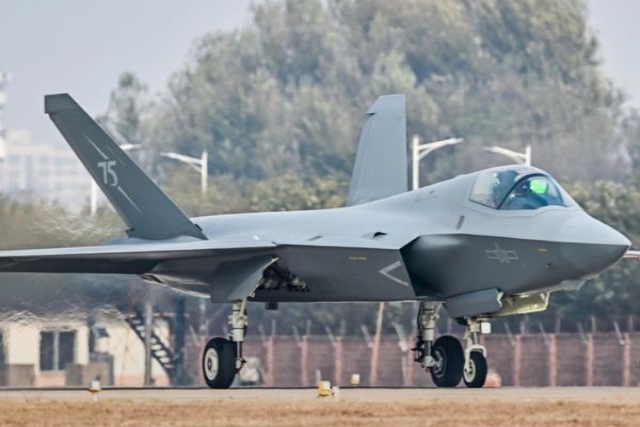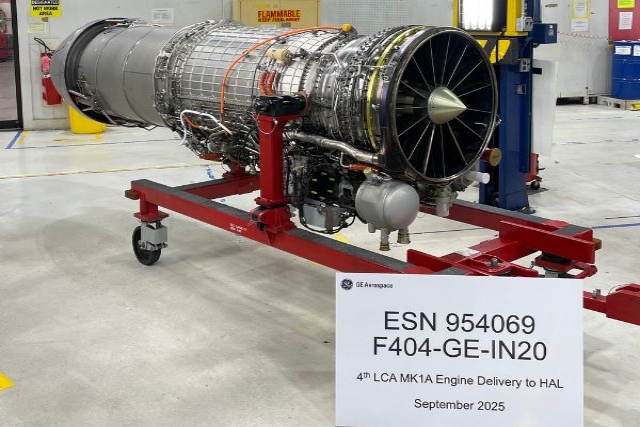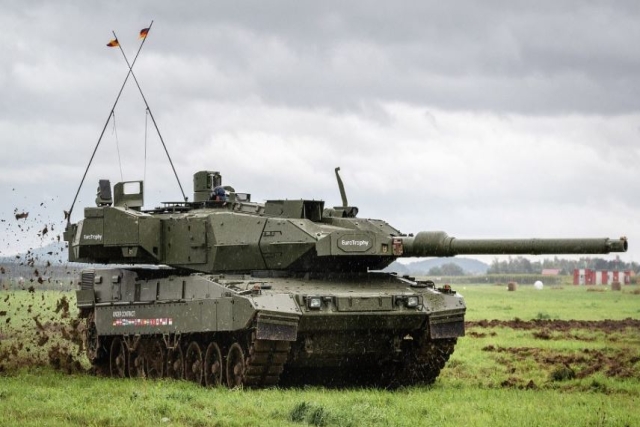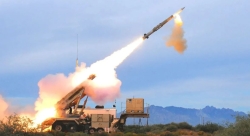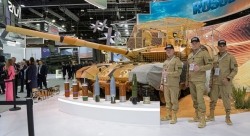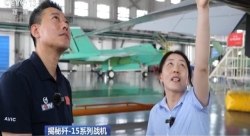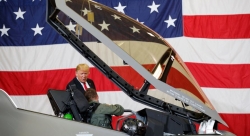Updated Pantsir-S1 Seen at Russian Victory Parade Rehearsal
New radar and missile guidance enhancements seen in Tula ahead of official parade event

An updated variant of the Pantsir-S1 air defense missile and gun system was spotted during a rehearsal for Russia’s upcoming Victory Parade in Tula, revealing notable technical modifications.
The system, part of Russia’s ground-based air defense network, was equipped with an improved 1RS2-1 centimeter/millimeter K/Ka-band guidance radar. This radar, also known as the target and missile tracking station (TTTS), now features a pass-through passive phased array radar (PFAR) with a second antenna module. This additional module is designed to handle input and output for 57E6/M and 19Ya6 anti-aircraft missiles, aiding precision in directing these missiles within the radar’s main guidance beam.
Military observers pointed out that a similar radar setup can be seen on the 72V6MT transport and combat vehicle variant of the Pantsir-S1/SM, which lacks the 10ES1 optical-electronic module. However, the newly revealed model retains the 10ES1 module, suggesting a possible software and hardware upgrade. This enhancement appears aimed at expanding the radar’s target channel capacity to four simultaneous targets, effectively increasing the system’s total tracking and engagement capability to five targets at once.
Analysts believe this upgrade is intended to improve the Pantsir-S1’s performance when defending against large-scale drone and cruise missile attacks. The new radar is estimated to allow the system to engage between 14 to 15 targets per minute, offering a boost in firing rate during high-intensity operations.
Additionally, it is believed that the updated 1RS2-1 radar now includes an extra missile guidance channel. According to sources, this would enable the Pantsir-S1 to fire two 57E6/M surface-to-air missiles at two of the four tracked targets simultaneously. This potential enhancement is expected to strengthen the system’s effectiveness against fast-moving, maneuvering supersonic threats with low radar cross-sections.
The rehearsal showcased the evolving capabilities of Russia’s air defense platforms at a time when countering unmanned aerial vehicles and cruise missiles has become a key focus in modern military operations.
